The quick and easy way to get moving doesn’t require equipment or going to a gym
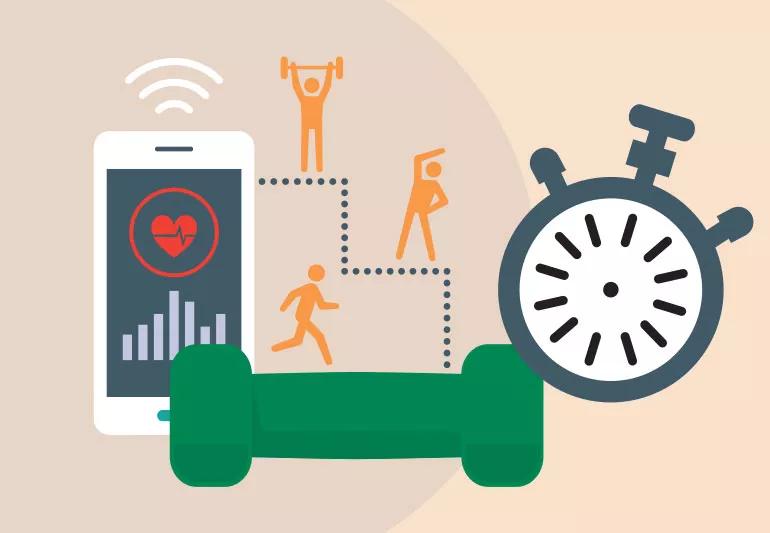
When you hear the words “exercise snacks,” you may think of a smoothie, a piece of fruit, a hard-boiled egg or a protein bar.
Advertisement
Cleveland Clinic is a non-profit academic medical center. Advertising on our site helps support our mission. We do not endorse non-Cleveland Clinic products or services. Policy
But the idea of exercise snacks isn’t about what you eat pre- or post-workout. It’s a way of getting closer to the recommended 150 minutes of moderate-intensity aerobic exercise each week by doing short bursts of intense activity — moving around vigorously for a minute or two at a time.
“We’re living a more sedentary life. We have a lot of office jobs. We’re sitting around a lot more,” says exercise physiologist Katie Lawton, MEd. “Exercise snacks work as a reminder to just get up and move every so often.”
For those of us who struggle to find 30 minutes or more to work out each day, exercise snacks throughout the day can help make your wellness and fitness goals more attainable. The quick, easy workout can add up to some sustainable health benefits comparable to traditional workouts.
Lawton explains the concept behind exercise snacks, examples of what you can do and how exercise snacking can benefit you.
Exercise snacking is defined as a brief period of high-intensity movement or exercise that typically lasts for no more than two minutes. And it’s something that you can and should do at various points in your daily life.
The concept for these short bouts of intense movement is similar to high-intensity interval training (HIIT), which is based around the idea of exerting your body for a short period of time, then resting for a short period. and then repeating the movement. But with exercise snacks, the workout, or movement, lasts around two minutes, with an extended rest period of an hour or more in between.
Advertisement
Did a work meeting end early? Great. Use that extra time to get a burst of exercise in — think climbing stairs for two minutes.
“Form your exercise around your day,” suggests Lawton. “The idea of exercise snacks can fit easily around your life, no matter how busy or stressed you are. It’s a very short time commitment.”
While more research is needed to fully understand how exercise snacks can benefit your health, recent studies show that the benefits of exercise snacks may include:
But doing an exercise snack occasionally isn’t going to do much to improve your overall health.
“The biggest factor with exercise snacks is going to be consistency, making sure you’re doing it on a daily basis and moving on a daily basis, rather than doing a day here then maybe one day next week,” notes Lawton.
“It’s not going to be very impactful if you’re just doing it when you remember to do it. If you can do exercise snacking consistently over a span of a month or two months, I think you’re going to see an impact.”
So, how often should you be exercise snacking?
“Research shows that three times a day, seven days a week can improve your cardiovascular health,” adds Lawton. “You want to break up that sedentary time you’re sitting or working at a desk, which can be bad for your health.”
In fact, research has shown that oversitting — or sitting for hours at a time — can lead to high blood pressure, high blood sugar, high cholesterol and obesity.
Another great reason to try exercise snacks? You don’t need to head to the gym or sign up for a class — and there’s no need for special exercise equipment like weights, kettlebells or resistance bands.
Some examples of exercise snacks include:
The exercise snack options are endless — any activity or exercise that gets you up out of your seat and moving works. And make sure you’re doing these activities vigorously — meaning that it’s difficult for you to say more than a few words with needed to take a breath.
“Before vigorous exercise or any kind of cardiovascular exercise, you want to do a short warm-up and get your heart up a little bit,” advises Lawton. “You don’t want to go from a seated position to going all out up and down stairs.”
Lawton says that if you have a heart condition like an arrhythmia or coronary artery disease, or even any orthopaedic issues, you should discuss doing exercise snacks with a healthcare provider first.
Advertisement
But overall, the idea of exercise snacks can be beneficial and help you reach your fitness goals or even just give you a boost of energy in the middle of your day.
Advertisement
Learn more about our editorial process.
Advertisement
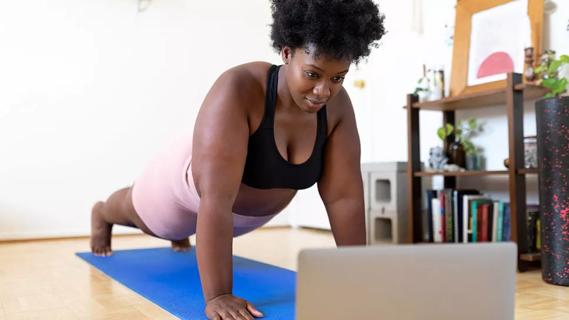
The exercise — which you’ve probably been doing since grade school — can be intimidating, but proper form can help
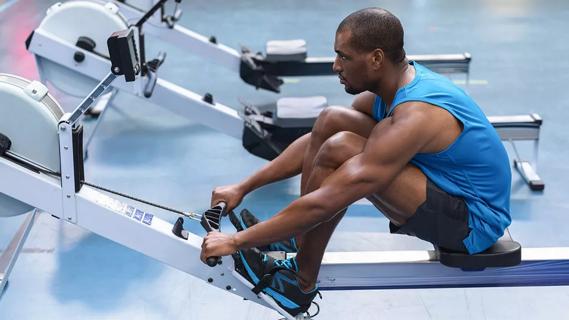
Exercise lowers risk for heart conditions, improves mental health and reduces visceral fat that can compromise your organs
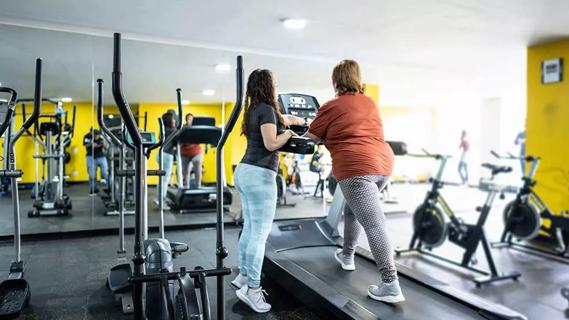
Ask questions, get referrals and consider if someone is a good fit for you and your fitness goals
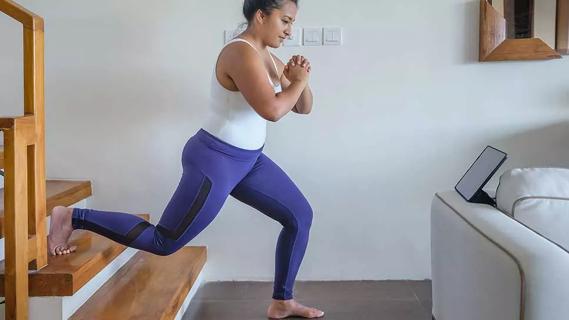
Expect a few bumps in the road, work out for the right reasons and give yourself some credit
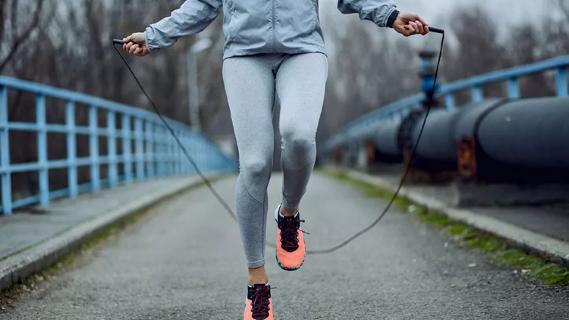
Jump into the swing of things to improve your coordination, burn calories and get your heart rate going

Walking with a weighted backpack is a low-impact, full-body workout that’s growing in popularity
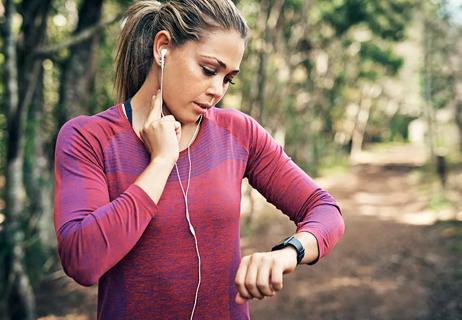
A super high heart rate means you’re burning more than fat
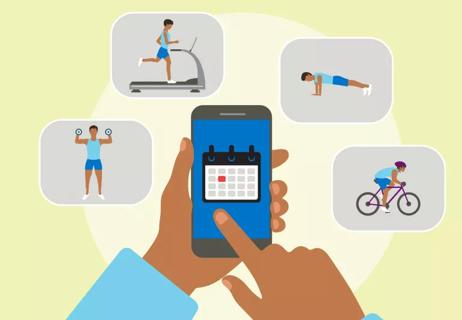
Meet your workout goals by accounting for frequency, intensity, time and type

Type 2 diabetes isn’t inevitable with these dietary changes

Applying a hot or cold compress can help with pain